Circle time is an essential part of the preschool experience. It is a great way for children to learn important skills and practice good behavior, but many teachers may struggle to find the right balance of preschool circle time activities for their classroom. In this blog post, we will discuss the different types of circle times that can be used in a preschool classroom, the length of circle times, and the best activities for each type of circle time. With the right routine, your preschoolers will be sure to benefit from these important learning opportunities.
Some of my favorite themes we have done during circle time are RAINFOREST THEME, DESERT THEME, and HUMAN BODY THEME.
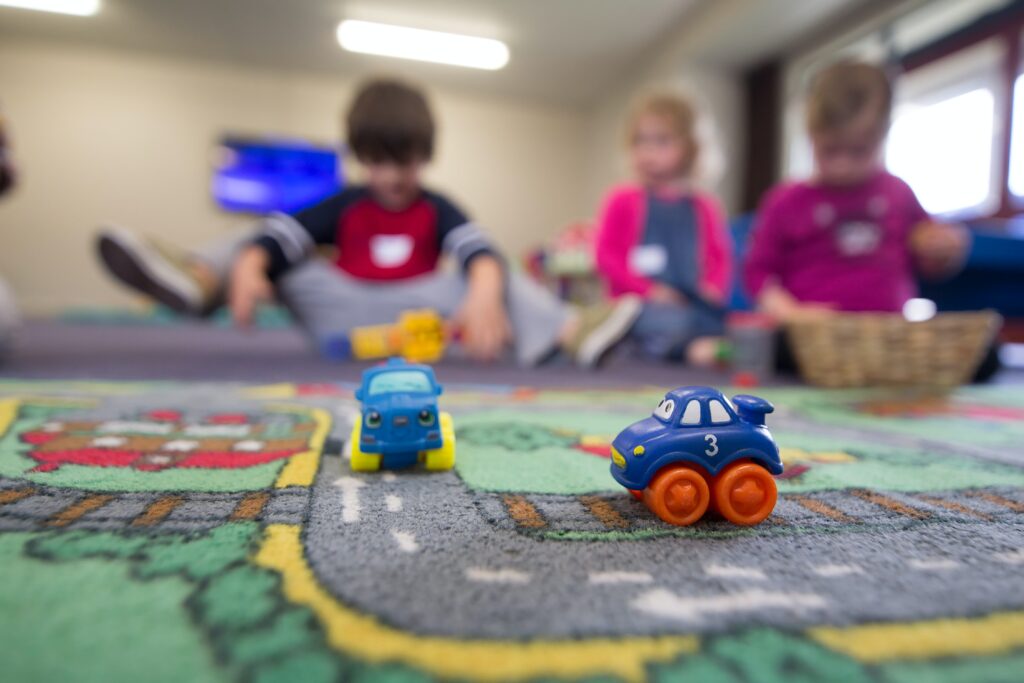
The Benefits of Circle Time
Circle time is a crucial part of a preschool classroom’s routine. It not only allows teachers to effectively manage the classroom, but it also provides a time for students to socialize, learn, and develop crucial skills. One of the primary benefits of circle time is that it creates a sense of community within the classroom. By sitting in a circle, children feel included and part of a group. This helps to foster a positive and supportive environment.
Another benefit of circle time is that it helps to develop important social skills such as communication, listening, and turn-taking. Circle time games and activities provide an opportunity for students to practice these skills in a fun and engaging way. Teachers can also use circle time to teach appropriate behavior and social norms, such as taking turns and raising your hand to speak.
Circle time is also a great way to introduce new concepts and skills. Teachers can use this time to teach basic concepts such as counting, letters, and colors. They can also use it to introduce more complex ideas, such as problem-solving and critical thinking. By providing a structured learning environment, circle time helps to ensure that all students receive the same instruction and learn the same skills.
Overall, circle time is a valuable tool for preschool teachers. It helps to build a sense of community, develop important social skills, and introduce new concepts and skills. With the right circle time activities and games, teachers can create a fun and engaging learning environment for their students.
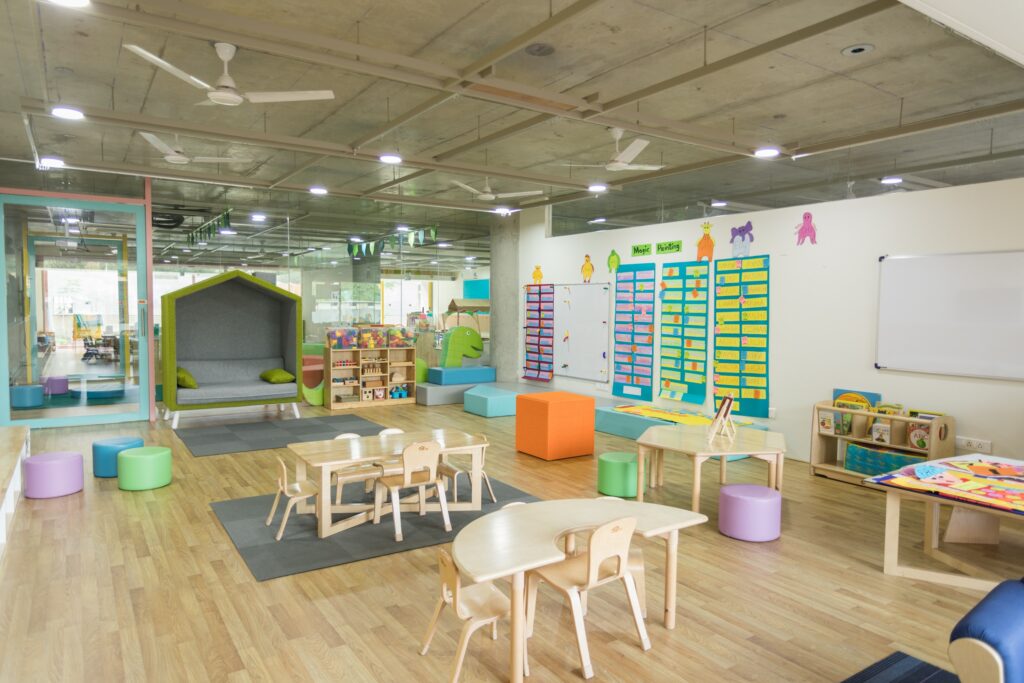
The Best Times for Circle Time
Circle time can be an exciting and valuable part of your preschool classroom routine. However, it’s essential to choose the best times for your circle time sessions to ensure that your students are focused, engaged, and ready to learn. Here are some tips to help you plan the most effective circle times for your preschoolers.
1. Start the Day with Circle Time: Morning circle time can help set the tone for the rest of the day. It’s a perfect time to review the schedule, talk about what the students will be learning, and introduce new concepts or skills. Consider starting your day with a welcome song, a weather check-in, and some quick movement activities to get your students ready for learning. You could also include a fun circle time game or a story that reinforces the concepts you’ll be teaching that day.
2. Break Up the Day with Circle Time Games: Preschoolers have a limited attention span, and too much sitting still can be challenging for them. Break up the day with shorter circle time games to help keep their focus and attention. For example, play a guessing game where students guess the hidden object by touch or introduce a fun memory game where students try to remember what objects you’ve added or removed from a tray.
3. Use Circle Time to Calm and Relax: Afternoon circle time can be a great way to help your preschoolers unwind after a busy day of learning. Consider using this time to read a story, listen to music, or practice deep breathing exercises. You could also use this time to review the day’s lessons and ask students what they learned or enjoyed the most.
Overall, the best times for circle time will depend on your classroom routine and the needs of your students. However, by planning circle times that are engaging, interactive, and fun, you can help your preschoolers develop essential skills and behaviors that will benefit them throughout their academic and social lives. So, don’t be afraid to experiment and try new ideas, and you may find that circle time becomes a favorite part of your students’ day.
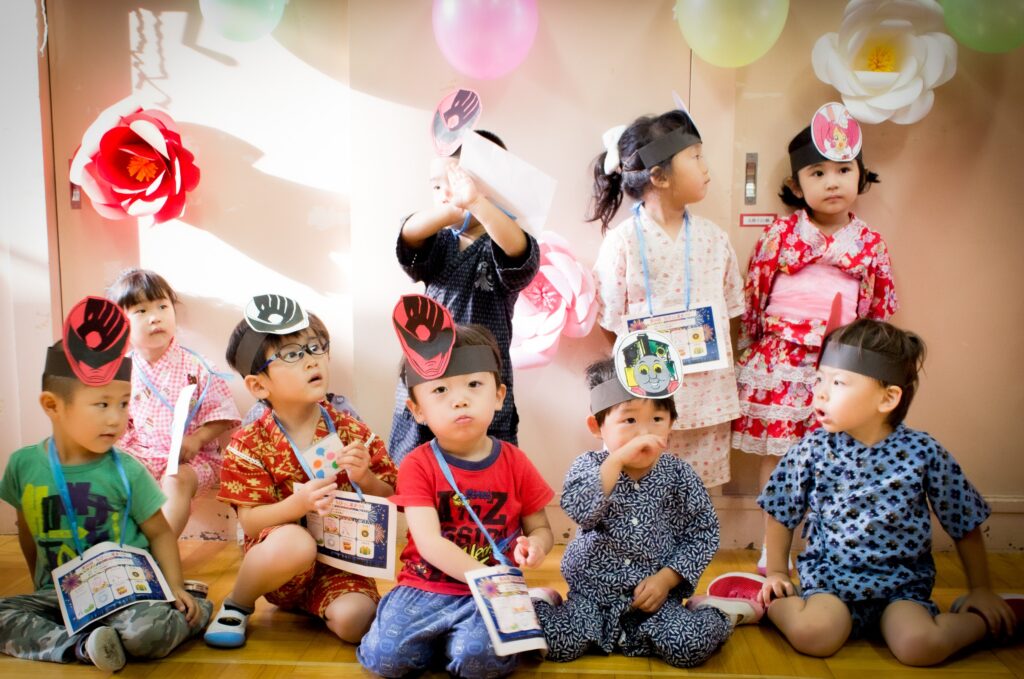
Morning Circle Time vs. Afternoon Circle Time
As a preschool teacher, you know that your students are at their best behavior in the morning, ready and eager to learn. That’s why many teachers opt to have their main circle time routine in the morning, after they arrive and before any free play begins. This time can be used for singing songs, reciting the alphabet or numbers, and discussing the day’s plan.
In the afternoon, you may find that your students are more fidgety and in need of some exercise. This is a great time to incorporate movement activities, such as dancing or yoga, into your circle time routine. You can also use this time to discuss the day’s highlights, encouraging students to share their favorite moments from the day.
Regardless of the time of day, your circle time should be structured to help students focus and learn. This includes using age-appropriate activities that keep their attention and allowing for student participation. As the teacher, it’s your job to make sure that all students are engaged and learning throughout the entire circle time. It’s always great to add songs: try these circle time song cards
It’s also important to consider the length of your circle time, as it should be long enough to achieve your goals, but not so long that students become restless or bored. Typically, a preschool circle time should last no longer than 15-20 minutes.
By implementing morning and afternoon circle times in your classroom, you’ll be able to make the most out of your students’ energy levels and help them to develop important skills and behaviors, such as following directions, socializing with others, and building their vocabulary. So, get ready to perfect your preschool circle time routine and watch your students thrive!
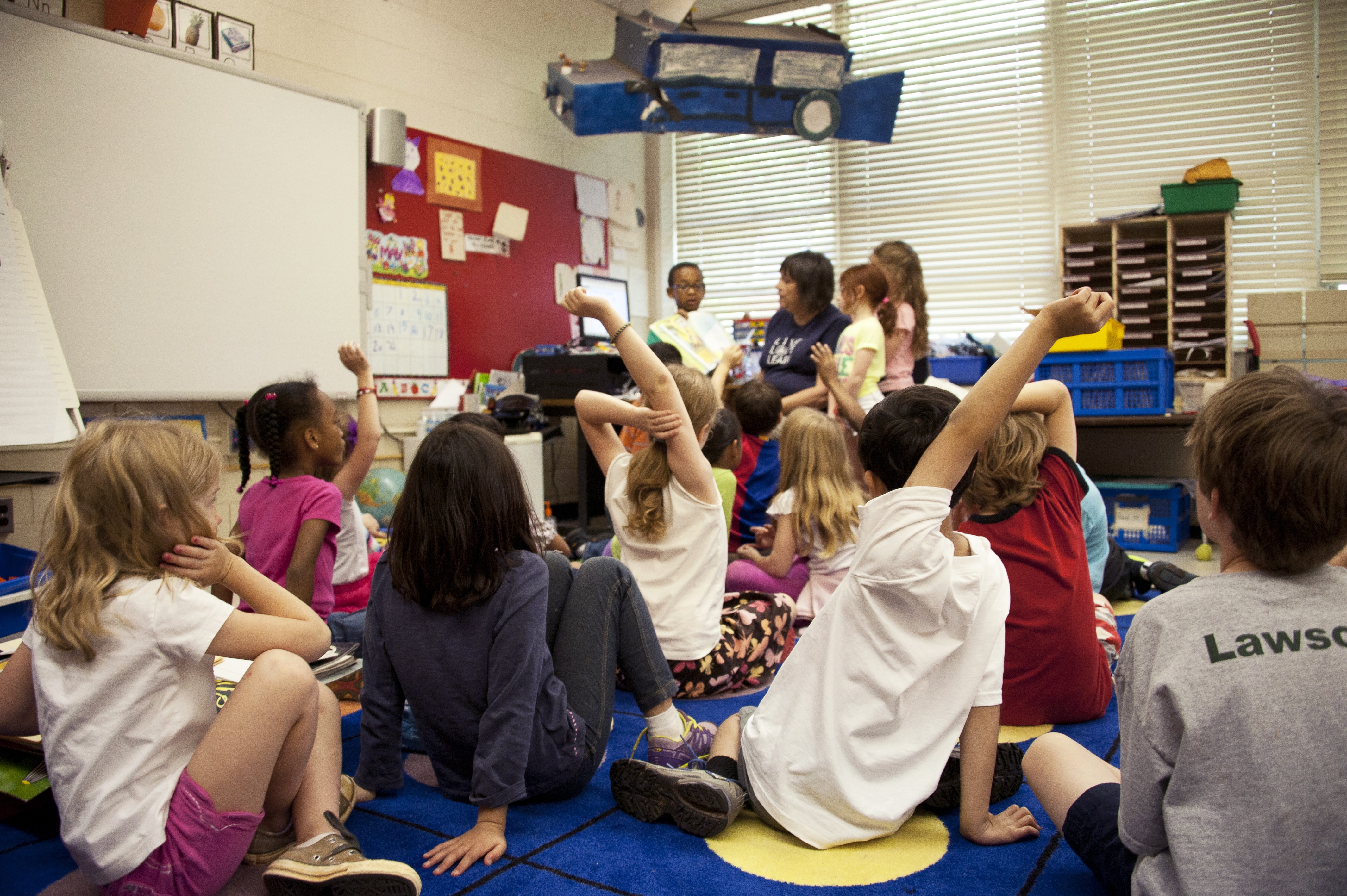
Skills and Behaviors Taught During Circle Time
Circle time is an excellent opportunity for young children to learn valuable skills and behaviors. By participating in group activities, preschoolers can develop a variety of important social, emotional, and cognitive skills. Here are some of the skills and behaviors that can be taught during circle time:
1. Listening skills: Circle time is an excellent opportunity for children to practice their listening skills. During circle time, they are encouraged to listen carefully to the teacher, follow instructions, and take turns speaking.
2. Communication skills: Circle time provides children with a chance to communicate with others. By participating in group discussions and sharing their ideas and thoughts, they can improve their communication skills and learn how to express themselves effectively.
3. Self-regulation: Circle time is also a great time for children to practice self-regulation skills. They learn to sit still and listen, raise their hands to ask questions, and take turns speaking. These skills are essential for success in school and life.
4. Social skills: Participating in group activities during circle time helps children develop their social skills. They learn how to share, take turns, and cooperate with others. These skills are crucial for building relationships and functioning in society.
5. Cognitive skills: Circle time activities can also help preschoolers develop their cognitive skills. They can learn colors, shapes, letters, and numbers through interactive games and activities.
Personally, I LOVE using puppets to help children learn these skills. The puppet can model appropriate behavior, ask the children questions, and introduce scenarios and toys and model how to use them appropriately. The children are often especially attentive to the instruction that comes from a puppet.
Overall, circle time is a valuable part of any preschool routine. It provides children with a chance to learn important skills and behaviors that will help them succeed in school and in life. By incorporating engaging activities and encouraging participation, teachers can make circle time a fun and productive part of the day.
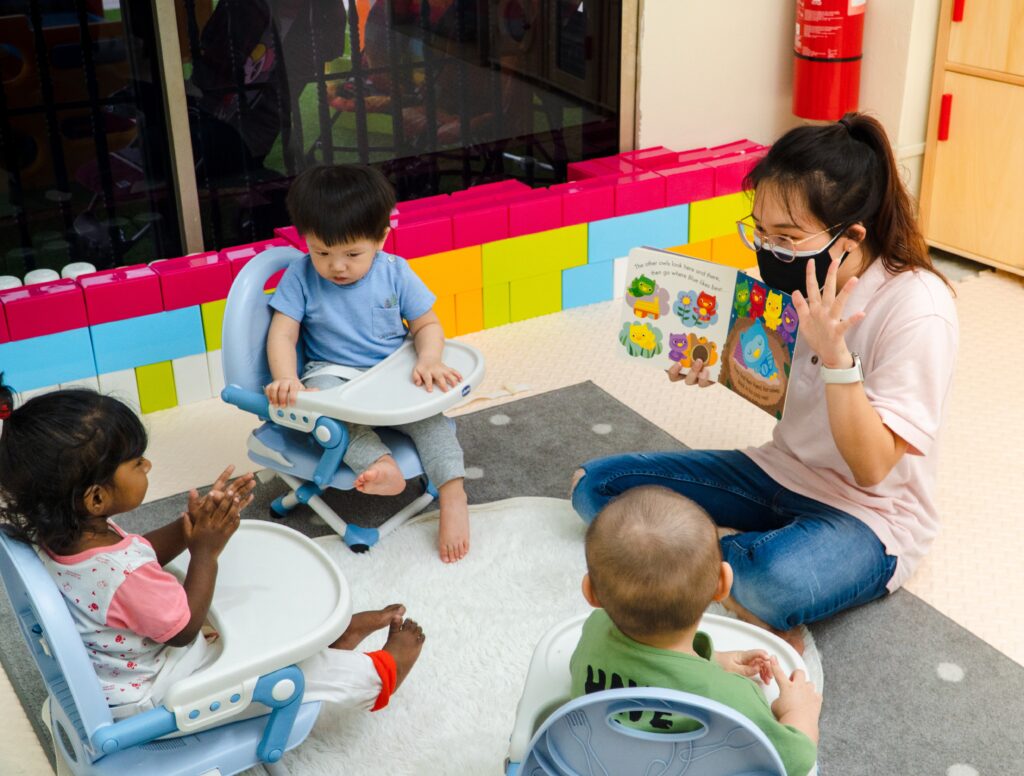
Tips for a Successful Circle Time
Circle time is an important part of any preschool classroom, providing children with the opportunity to learn and interact with their peers. However, making circle time effective can sometimes be challenging. Here are some tips to help make your circle time successful:
1. Be Prepared
Preparation is key to a successful circle time. Make sure you have all the materials you need for each activity, such as storybooks, songs, or games. Check that your seating arrangement is ready to go and ensure that any necessary props are in place.
2. Be Engaging
To keep children engaged, make sure that your circle time activities are interactive and hands-on. Use props, visuals, or sensory materials to enhance their learning experience. Use songs, chants, and stories to capture their interest and attention.
3. Be Flexible
While it’s important to have a plan, it’s equally important to be flexible. Children may have different learning styles or attention spans, so it’s essential to adjust activities if they’re not working. Be open to suggestions or ideas from children, and be willing to change things up if needed.
4. Be Positive
During circle time, it’s important to foster a positive learning environment. Use positive reinforcement, such as praise, encouragement, and high fives, to motivate children. Celebrate their accomplishments and progress, and encourage them to do the same for their peers.
5. Be Consistent
Consistency is key when it comes to circle time. Keep a regular routine and structure for circle time, such as starting with a welcome song, reading a story, and ending with a goodbye song. This consistency will help children feel more comfortable and secure, and will allow them to focus on the activities at hand.
By following these tips, you’ll be able to create a successful circle time routine that fosters learning, socialization, and positive behavior in your preschool classroom.
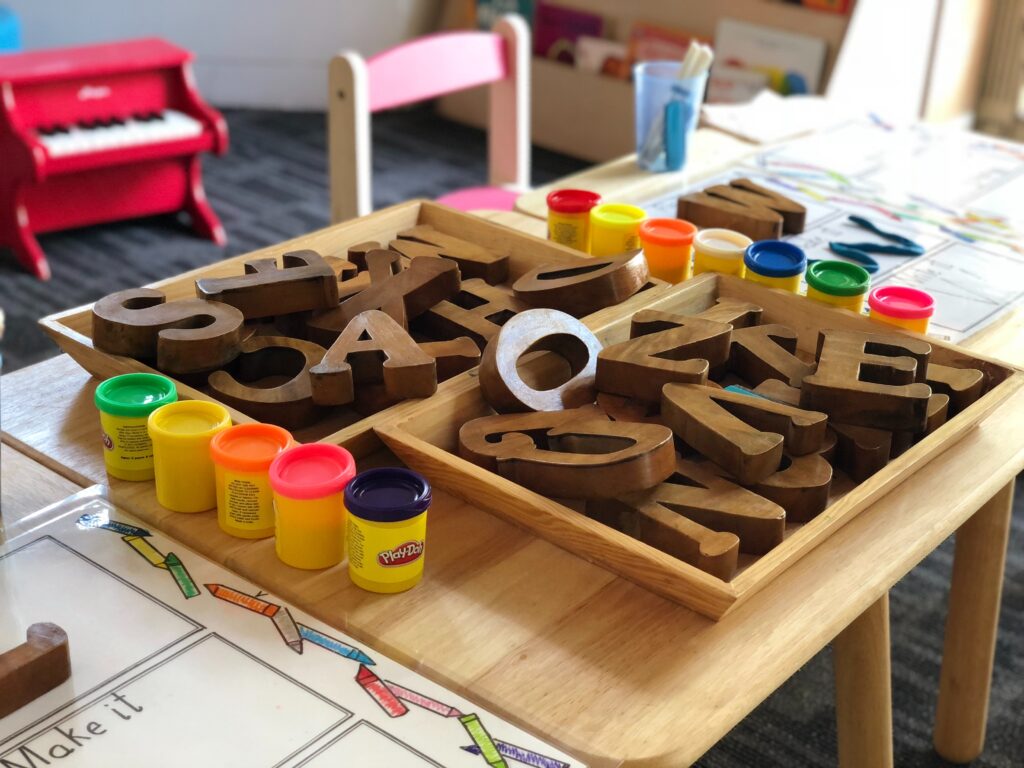
Circle Time Games You’ll Love
Now that we’ve covered the basics of circle time, it’s time to have some fun with games that your preschoolers will love! Incorporating games into circle time can keep children engaged, enhance their learning, and help them develop social and emotional skills. Here are some of our favorite circle time games that are sure to be a hit:
1. Name Game: Have each child say their name and something they like that starts with the same letter. For example, “My name is Lily, and I love lions!”
2. Story Chain: Start with a sentence and go around the circle, with each child adding a sentence to the story.
3. Simon Says: This classic game is perfect for teaching listening and following directions. Give instructions like “Simon says touch your nose,” and the children have to do it. But if you don’t say “Simon says” before the instruction, they shouldn’t do it!
4. Freeze Dance: Put on some music and have the children dance. When the music stops, they freeze in whatever pose they are in.
5. Where is the Object Hiding?: Have one child leave the circle and close eyes, while the choose someone to hide a small object or photo. Then, the one child returns and guesses who is hiding the object. It’s a great way to practice asking and responding to simple questions. (We love to do this to practice basic phrases in Mandarin because I run a bilingual program).
6. Hide and Seek: Similar to “Where is the Object Hiding” but instead of someone hiding the object in their lap, we hide the object somewhere in the classroom. The child who left the circle must then guess where the object is hidden. You can add a “hot/cold” element by saying a word quietly and louder when they are close to the hidden object.
7. Name That Sound: Make different animal noises or other sounds, and have the children guess what is making the noise.
8. Alphabet Scavenger Hunt: Call out a letter of the alphabet, and have the children search the room for objects that start with that letter.
9. Model how to Play with an Independent/Center Toy or Game: I love to use a couple minutes of circle time to play one of the independent activities or centers as a group. It helps the students learn how to use the materials correctly and can bring new engagement to a less-common center choice. For example, if we have a “feed the animal” activity in our math center, I’ll bring the materials over and we will choose 2 or three number cards together and count out the correct amounts of food as a good. Then, I’ll return the materials to the center area and the kids will be more likely to engage with that activity later.
These games are not only fun, but they can also help preschoolers develop their listening skills, turn-taking abilities, and social interaction. Remember to keep the games simple and age-appropriate for your group, and to give everyone a chance to participate. With these circle time games, your preschoolers are sure to have a blast while learning!
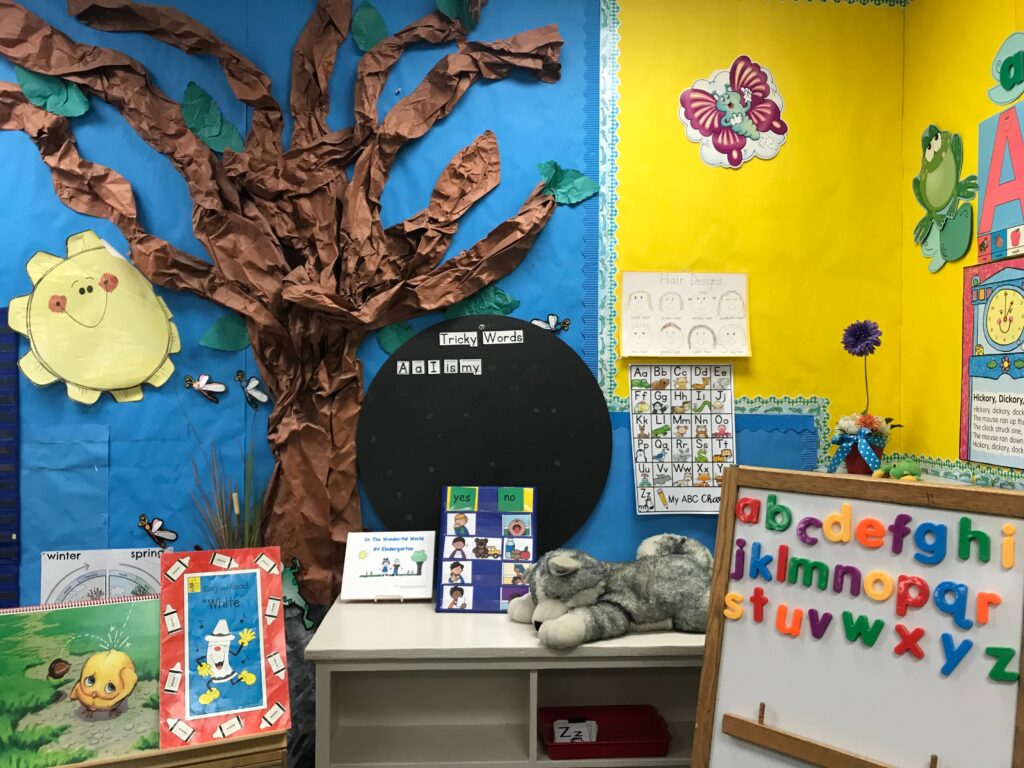
Conclusion
Circle time is an essential part of any preschool classroom. It’s where young children can come together to learn and develop social skills, listen to stories, and participate in fun activities. By implementing effective circle time activities, teachers can create a positive and engaging learning environment for their students. Remember to consider the timing of your circle time, how long it should last, and what activities are best for different times of the day. Don’t forget to include opportunities for students to learn important skills and behaviors, like sharing, taking turns, and following directions. With a little bit of planning and creativity, circle time can be a highlight of the day for both teachers and students.
